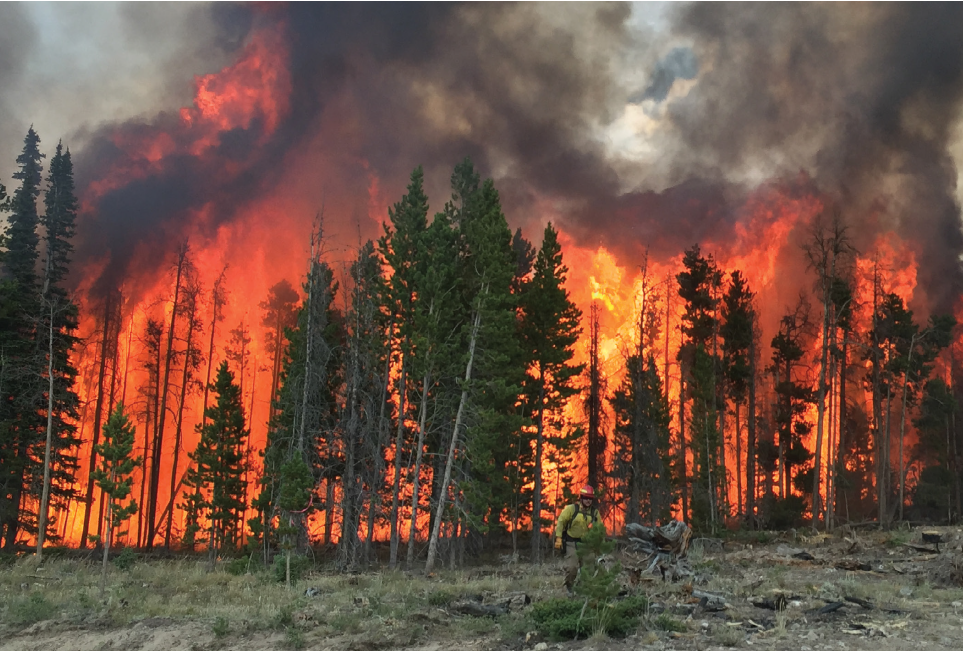Abstract: Wildland fire is a global phenomenon that influences ecosystems, cultures, and livelihoods. Humans are only one driver of fire behavior and occurrence, as fires function across dynamic fuel and weather scenarios, yet the human controls of fire are strong and can function through positive or negative feedbacks and direct or indirect forces. For example, humans can influence fire positively and indirectly via fire suppression policies that lead to fuel accumulation and an escalation in future fire behavior, or negatively and directly through fuel manipulation that reduces fuel accumulation and de-escalates fire behavior. Broad anthropogenic changes such as urbanization, development in rural areas, and climatic changes also influence fire. Fire management shapes the ecology of many systems. Human history has largely influenced fire use, and has subsequently induced changes in ecology and human livelihood. Federal expenditure for fire suppression is increasing dramatically and in 2018 exceeded 3 billion USD. Concomitantly, the number of acres burned annually in North America has increased from the years 1985-2018, illustrating our changing relationship with and management of fire.
Thumbnail Image: The Beaver Creek fire of 2016 in Colorado and Wyoming on the Medicine Bow and Routt National Forests. Wildfire in the crown of this high-elevation, mixed conifer forest in the southern Rocky Mountains. Photo Credit to Tyler Campbell
Marah, Bryn D. and Scasta, J. Derek. FIRE THEN AND NOW: A Look at Wildland Fire in North America in the 21st Century. July 2019.

